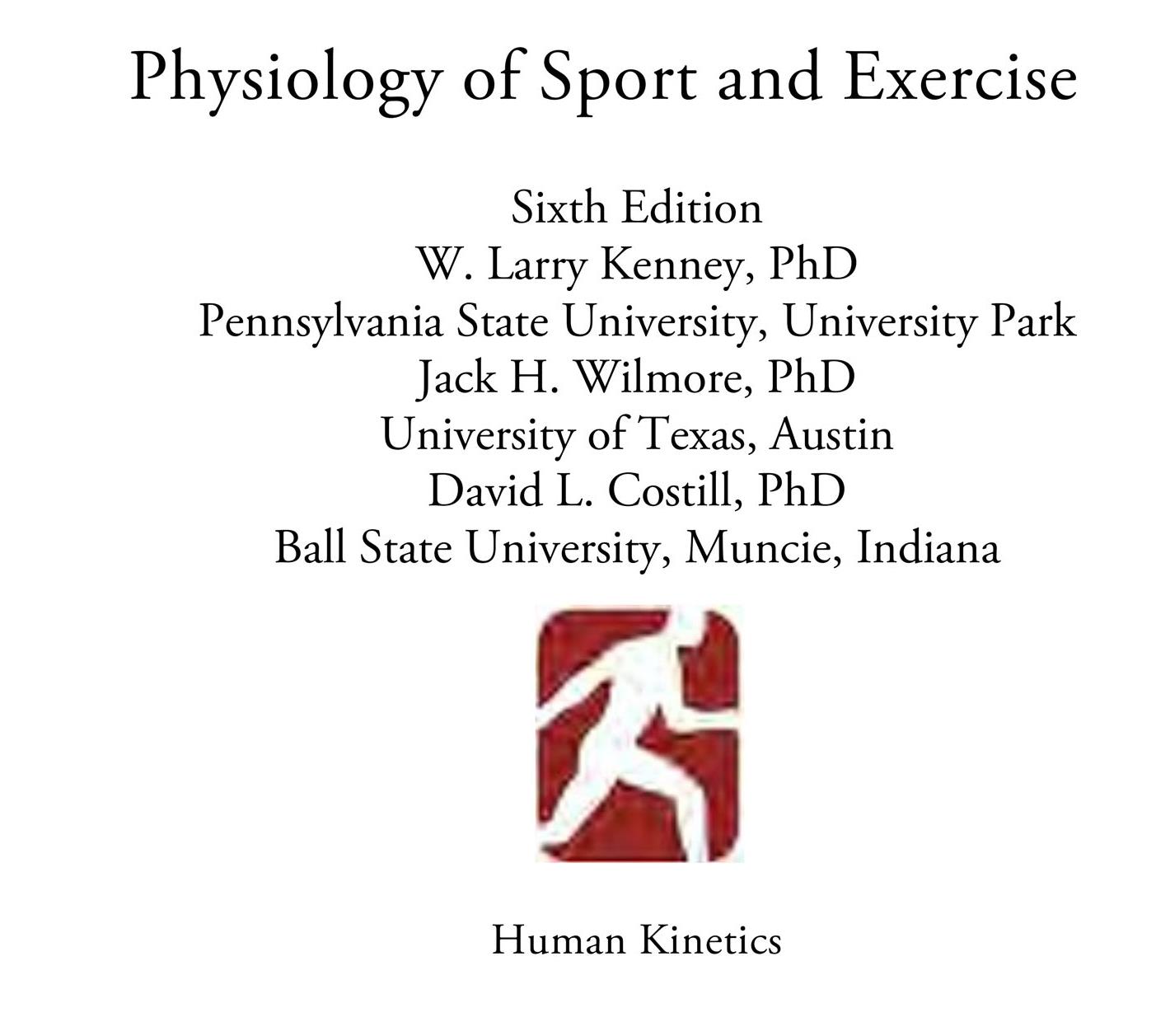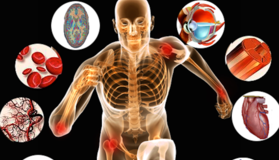Introduction
 Preface
Preface
The body is an amazingly complex machine. At any given time, various cells,tissues, organs, and systems use intricate communication to coordinate the body's physiological functions. When you think of the numerous processes occurring within the body at any given time, it is truly remarkable that these physiological functions work so well together. Even at rest, the body is physiologically quite active. Imagine, then, how much more active all of these body systems become when you engage in exercise. During exercise, nerves excite muscles to contract. Exercising muscles are metabolically active and require more nutrients, more oxygen, and efficient clearance of waste products. How does the wholebody respond to the increased physiological demands of exercise? That is the key question when you study the physiology of sport and exercise.Physiologyoy Sport and Exercise, Sixth Edition, introduces you to the fields of sport and exercise physiology. Our goal is to build on the knowledge that you developed during basic course work in human anatomy and physiology and to apply those principles in studying how the body performs and responds to the added demands of physical activity.
Focus of Exercise and sport
Exercise and sport physiology have evolved from the fundamental disciplines of anatomy and physiology. Anatomy is the study of an organism's structure, or morphology.While anatomy focuses on the basic structure of various body parts and their interrelationships, physiology is the study of body function.Physiologists study how the body's organ systems, tissues, cells, and the molecules within cells work and how their functions are integrated to regulatethe body's internal environment, a process called homeostasis. Because physiology focuses on the functions of body structures, understanding anatomy is essential to learning physiology.Furthermore, both anatomy and physiology rely on a working knowledge of biology, chemistry, physics, and other basic sciences. Exercise physiology is the study of how the body's functions are altered when we are physically active, since exercise presents a challenge to homeostasis. Because the environment in which one performs exercise has a large impact,environmental physiology has emerged as a subdiscipline of exercise physiology.Sport physiology further applies the concepts of exercise physiology to enhancing sport performance and optimally training athletes. Thus, sport physiology derives its principles from exercise physiology. Because exercise physiology and sport physiology are so closely related and integrated, it is often hard to clearly distinguish between them. Because the same underlying scientific principles apply, exercise and sport physiology are often considered together, as they are in this text.
Acute andchronic Response to Exercise
The study of exercise and sport physiology involves learning the conceptsassociated with two distinct exercise patterns. First, exercise physiologistsare concerned with how the body responds to an individual bout of exercise,such as running on a treadmill for an hour or lifting weights. An individualbout of exercise is called acute exercise, and the responses to that exercisebout are referred to as acute responses. When examining the acute response toexercise, we are concerned with the body's immediate response to, and sometimesits recovery from, a single exercise bout.
The other major area of interest in exercise and sport physiology is how the bodyresponds over time to the stress of repeated bouts of exercise, sometimesreferred to as chronic adaptation or training effects. When one performsregular exercise over a period of days and weeks, the body adapts. Thephysiological adaptations that occur with chronic exposure to exercise ortraining improve both exercise capacity and efficiency. With resistancetraining, the muscles become stronger. With resistance training, the heart andlungs become more efficient, and endurance capacity of the muscles increases.As discussed later in this introductory chapter and in more detail in chapter9, these adaptations are highly specific to the type of training the persondoes.
The developing concept of personalized medicine has been expanded to include personalization of each individual exercise prescription.
The Evolutionof Exercise Physiology
In an era that seems to stress are ductionist (genes, molecules) approach to science, there is an acute need for exercise physiologists to continue to study biological questions from anintegrative, hypothesis-driven approach.The field of translational physiologyaddresses the processes by which basic research findings are extended to theclinical research setting, then to the realm of clinical practice, and finallyto health policy.Treadmills generally produce higherpeak values than other ergometers for almost all assessed physiologicalvariable, such as heart rate, ventilation, and oxygen uptake.Cycle ergometers are the most appropriate devices for evaluating changes in submaximal physiological function before and after training in people whose weightshave changed. Unlike treadmill exercise, cycle ergometer intensity is largely independent of body weight.
Study Questions
1.What is exercise physiology? How does sport physiology differ?
2.Provide an example of studying acute responses to a single bout of exercise.
3.Describe what is meant by studying chronic adaptations to exercise training.


